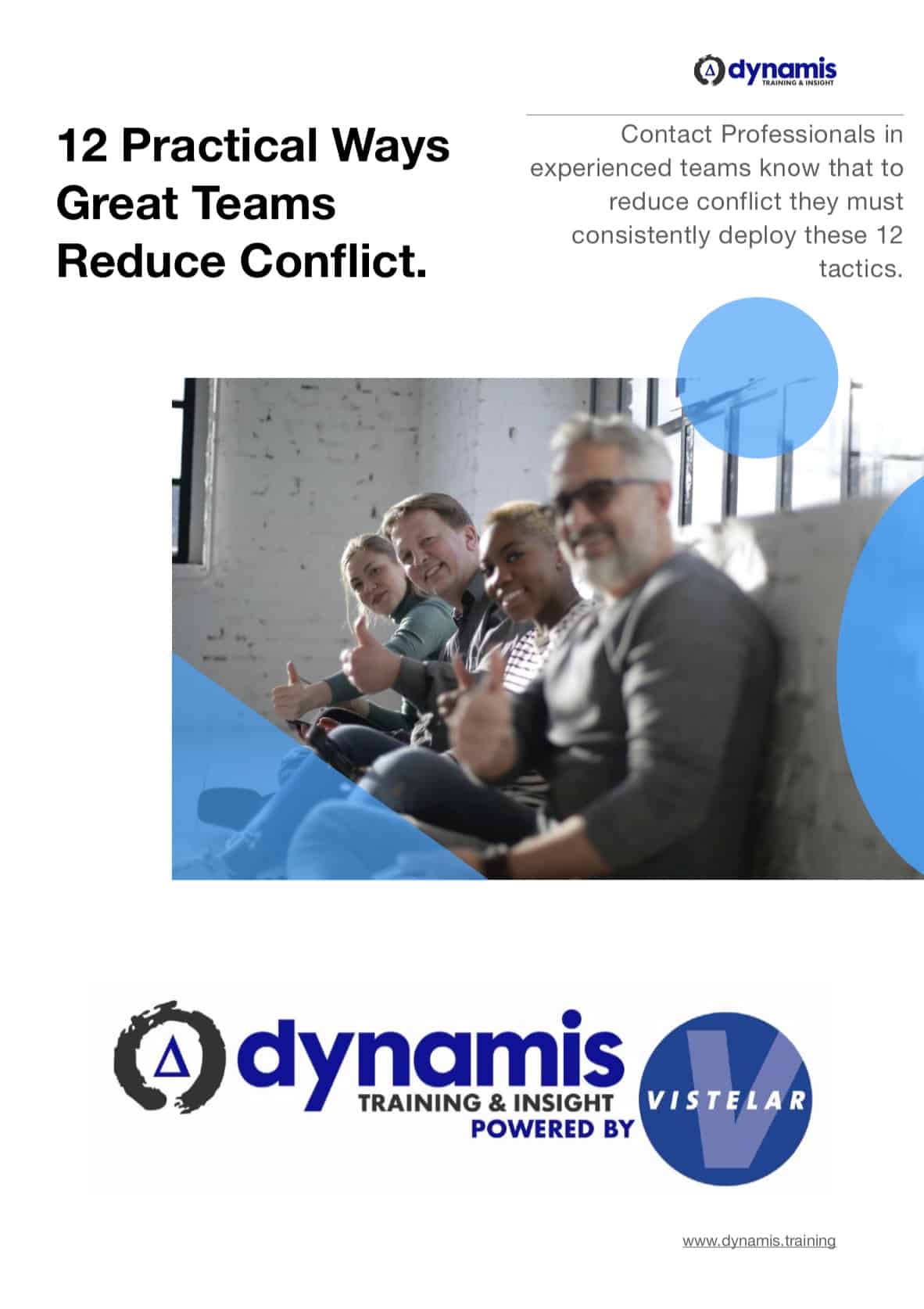Conflict Resolution Proxemics
Be Alert and Decisive, Respond don’t React using conflict resolution proxemics.
Conflict Resolution proxemics is the art and practice of carefully choosing the safest position, distance, body language and gestures which give us the best chance of resolving conflict safely and successfully. By presenting appropriate non-verbal communication we influence the mood and tone of the interaction with our subject. By assessing the distance between our subject and ourselves, our entry and exit points, or to any potential weapons or hazards in the area of work, then we are helping ourselves to be able to respond appropriately.
“Hi, it’s Gerard O’Dea here and today I want to talk to you about communicating under pressure. Successfully dealing with an incident where somebody is in conflict or they’re giving you aggressive behavior means that you really should have a preplanned practice response in mind before you go to that interaction. Being alert and decisive means being aware of what’s happening, having some idea that you’re stepping into a situation which needs careful professional control and then navigating your way carefully through it. Being prepared means that we can develop mental models for action during training and then in situations with people we can scan for signs and cues that they’re giving us and that’ll tell us which direction we need to go. Being present in this place with this person and dealing with this situation means that we’re engaged and we’re mindful, and focusing on what’s important now.
On our courses, we teach this through making people aware of space. Where you’re positioned, what your body language is saying and what you’re doing at different stages of the interaction. Proxemics is about being in the right place at the right time to do the right thing. And we teach this on our courses through a series of exercises around this concept of 10, five, two and we work on body language, positioning, hand gestures, facial gestures, and everything about how we look when we’re in somebody else’s space. It helps them to buy time to talk and deescalate the situation if necessary. It also buys them time to look around and find out where the exits are in case they need to leave quickly. Having these preplanned practice responses in mind gives you options so that you can respond to a situation professionally and you’re not just reacting. Well, there you have it. A very quick introduction to the first concept on our communicating under pressure card. For more information, go to vistalara.com or visit dynamis.training for information about our courses in the UK.”
Gerard O’Dea is a conflict management, personal safety and physical interventions training consultant. He is the training director for Dynamis, a specialist in personal safety and violence reduction initiatives and the European Adviser for ‘Verbal Defense and Influence’, a global programme which addresses the spectrum of human conflict. www.dynamis.training Gerard teaches conflict resolution proxemics on almost every course because of the importance of having a pre-planned practiced response in mind before each contact with a person in our working environment.
Gerard’s book on Lone Worker Personal Safety is available on Amazon Kindle and Paperback.


